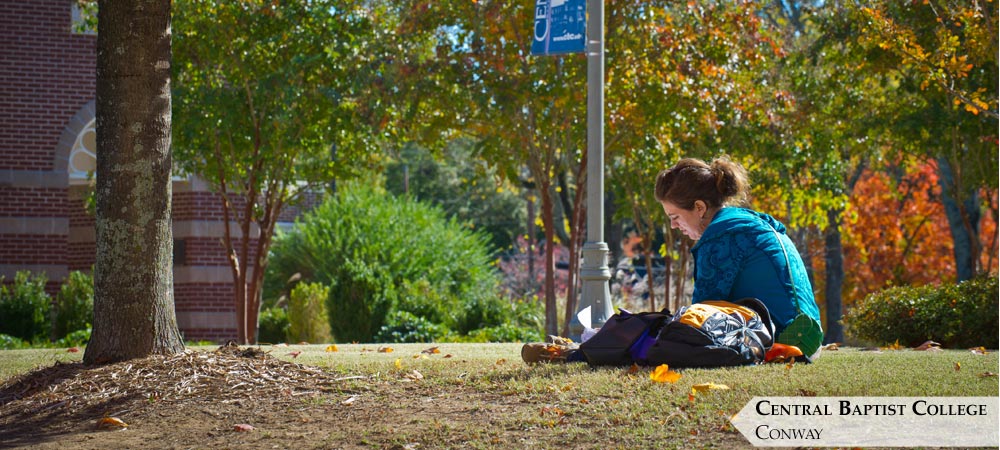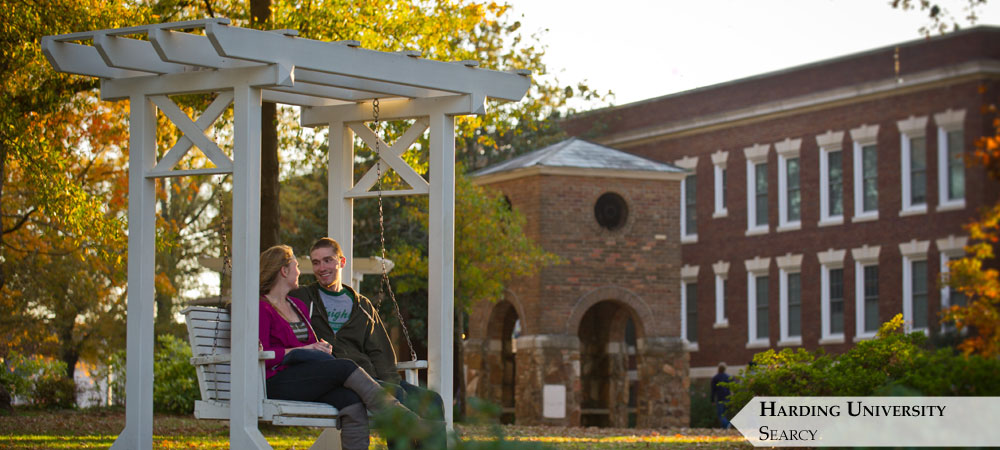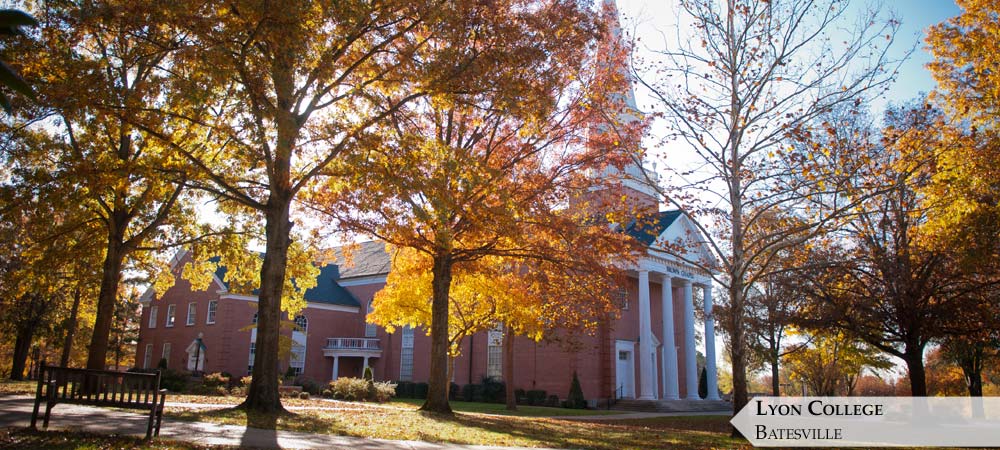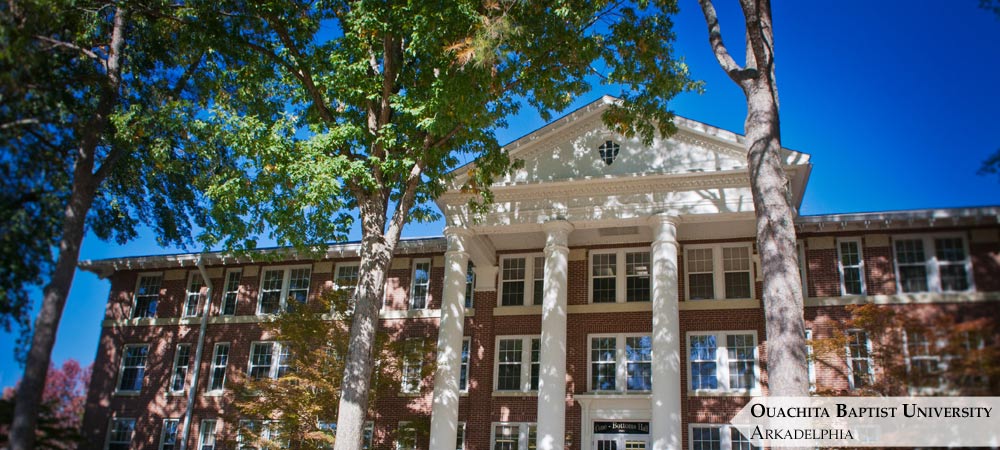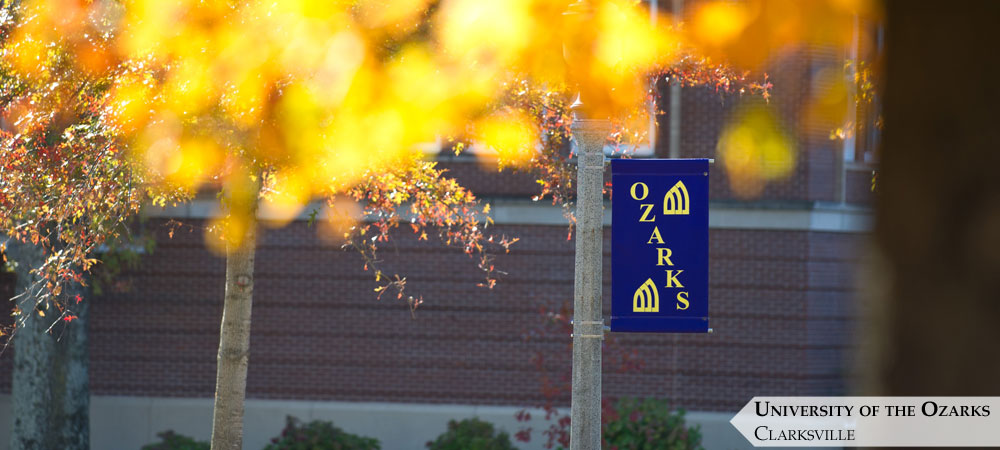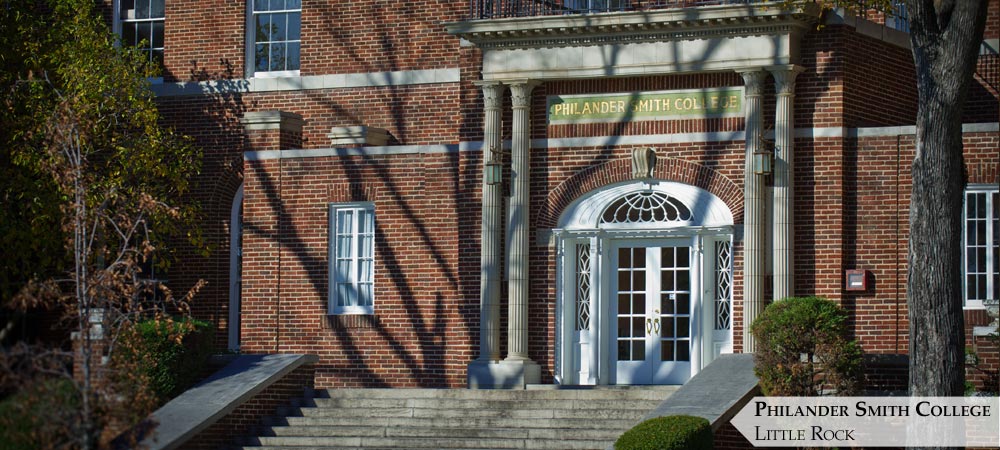Thanks to a successful grant proposal written by Lyon faculty, chemistry and biology students have access to a state-of-the-art research instrument.
The new Semi-Preparative High Performance Liquid Chromatography (HPLC) instrument will be utilized to purify chemical compounds possessing medical significance. During drug discovery-themed research, it will help achieve the ultimate purity of a drug before testing it for the biological activity, allowing faculty and students to conclude research projects in-house rather than using cumbersome manual approaches or waiting to use other labs’ HPLC equipment.

Assistant Professor of Chemistry Dr. Irosha Nawarathne and Associate Professor of Biology Dr. Cassia Oliveira submitted a proposal to the Spring 2019 Competitive Instrumentation Grant, receiving nearly $40,000 from the Arkansas IDeA Network of Biomedical Research Excellence (AR INBRE) to purchase the equipment.
“We do a lot of drug discovery research for tuberculosis and cancer, mostly modifying molecules to better target drug resistance,” said Nawarathne.
In order to test a molecule for its drug properties, she said it must first be in its purest form to account for contamination issues. The U3000 Prep HPLC System with Diode Array Detector (DAD) will make that process more efficient.
“Our research groups always had to spend months purifying these developing drugs. That process was not efficient or perfect; we were frustrated.”
Oliveira said the biology department will use the equipment to identify the microbial compounds within bacteria samples Professor of Biology Dr. David Thomas collects from Arkansas caves.
“Thomas is a speleologist and field biologist. He collects soil and water samples in the caves,” Oliveira said. “Once we bring them back, we then culture the bacteria and extract DNA directly from some of the soil samples.”
Oliveira added that DNA extraction and quantification is performed before sending samples for sequencing. The goal is to use DNA analysis to identify the species of bacteria.
Many compounds with antibiotics and cancer drug properties are derived from microorganisms, she said, and caves hold unique microbial species found nowhere else.
“Research shows that a number of those species have compounds that are beneficial to human health. We’re going to take advantage of Dr. Nawarathne’s expertise to help isolate and identify the cave bacteria compounds.”
Collaboration was key for receiving the grant, Oliveira said, because it demonstrated that multiple departments could benefit from using the HPLC instrument.
Nawarathne said the HPLC instrument will be a great teaching tool. Generally, this kind of instrument is found only at the Food and Drug Administration (FDA) or in the pharmaceutical industry.
“It’s very rare for universities to have an HPLC instrument of this calibre,” she said. “Our students will get to see the whole process of drug discovery now that we have this tool in-house.”
“A few of my senior research students already used it in the spring, and we all figured out the software together. I’ve spent my summer exploring the full utility of the instrument to develop HPLC methods for some of our drug development research projects.”
Natalie Milligan, ‘19, was among the first students to use the HPLC equipment. She is attending the University of Arkansas Medical School this fall.
“The experience was special since we know the impact it will have on research going forward,” she said. “It is going to allow students to do more in-depth analyses on campus rather than having to send things off to other labs.”
Milligan said the equipment helps save time while also give students vital experience.
Last spring, she and Jordan Trant, ‘19, who started an MD/PhD program at the University of Kansas Medical School this summer, had the opportunity to attend the American Chemical Society (ACS) National Meeting in Orlando and present their research.
“I had no idea how diverse the career and research opportunities were for those interested in chemistry,” Milligan said.
“It’s like a whole city coming together to talk about chemistry,” Nawarathne said. “I wanted my seniors to attend and feel the enthusiasm and the commitment of a world-class research community before sending them off to postgraduate studies. They loved it.”
Travel to the ACS conference was covered by Lyon’s faculty travel funds, and Arkansas INBRE and FutureFuel Chemical Company provided travel grants for Milligan and Trant to attend. Oliveira said the new HPLC equipment will help faculty continue exposing students to a number of different research techniques.
“Sometimes students are afraid of making mistakes, and research is a great way of showing it’s by making mistakes that you learn. It’s by doing it in real life that you get that experience.”

